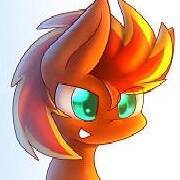Parallel second psu to power SATA devices question
-
Featured Topics
-
Topics
-
0
-
0
-
0
-
0
-
1
-
caligulaaa ·
Posted in New Builds and Planning1 -
Sai125943 ·
Posted in Troubleshooting5 -
1
-
4
-
3
-
-
play_circle_filled

Latest From Tech Quickie:
Ethernet Is Named After Something Really Dumb (and other tech stories)








.thumb.png.f4651dde39be6de6e714f27e8f0a5205.png)






Create an account or sign in to comment
You need to be a member in order to leave a comment
Create an account
Sign up for a new account in our community. It's easy!
Register a new accountSign in
Already have an account? Sign in here.
Sign In Now